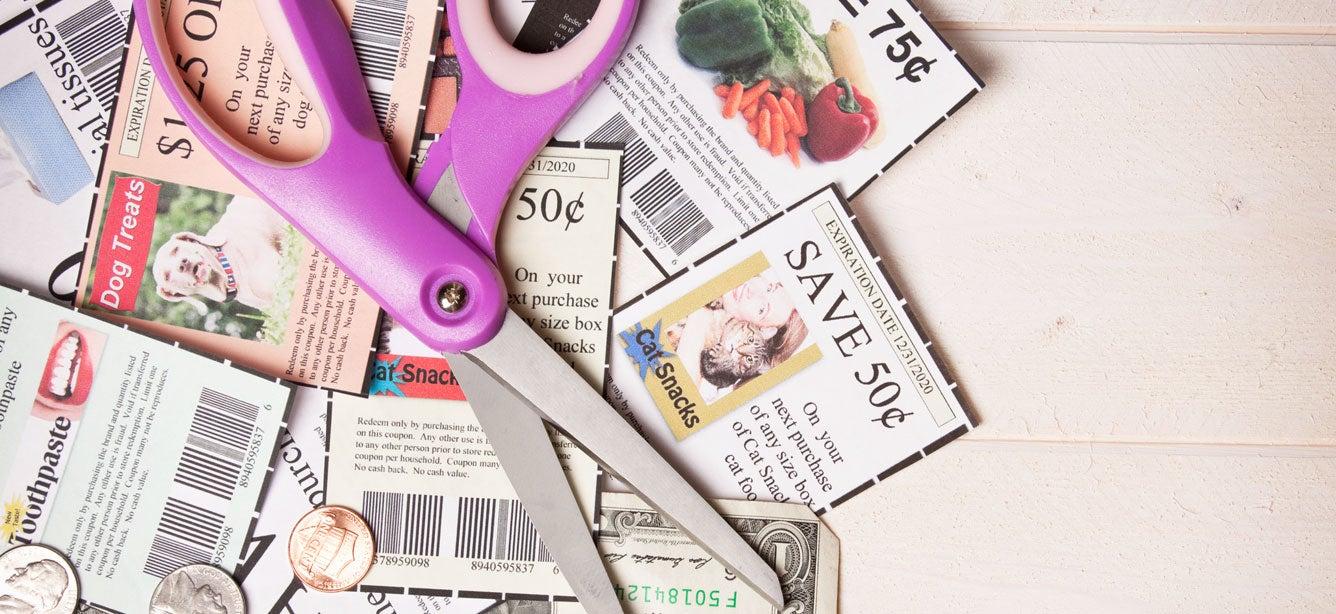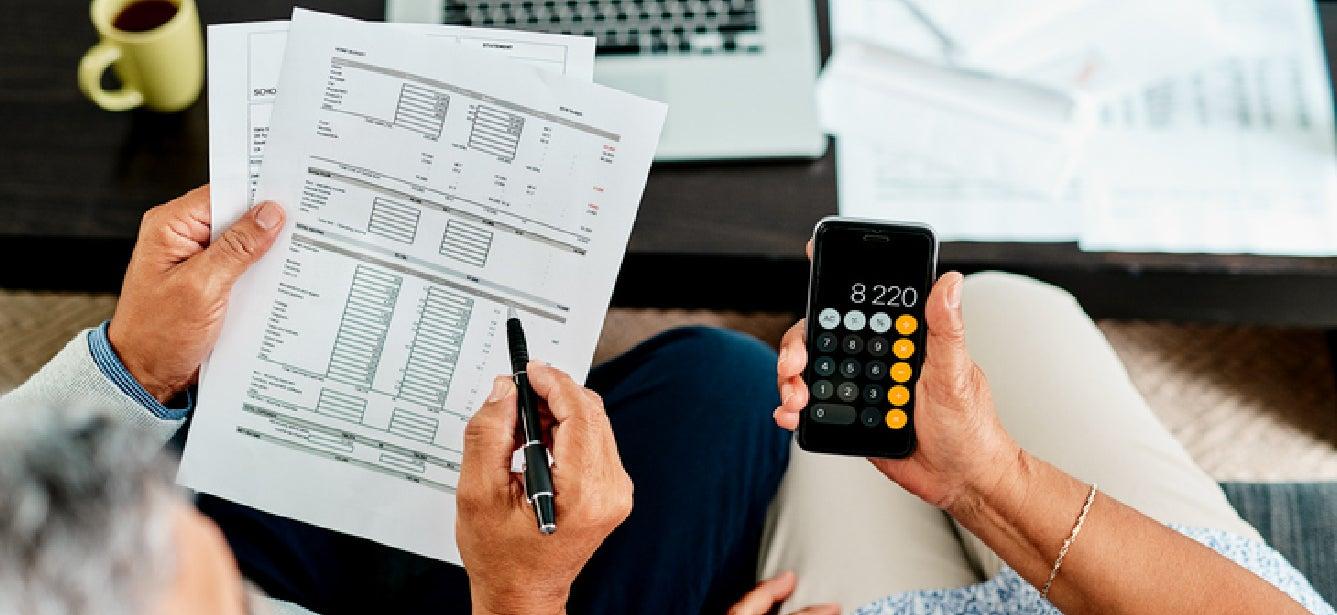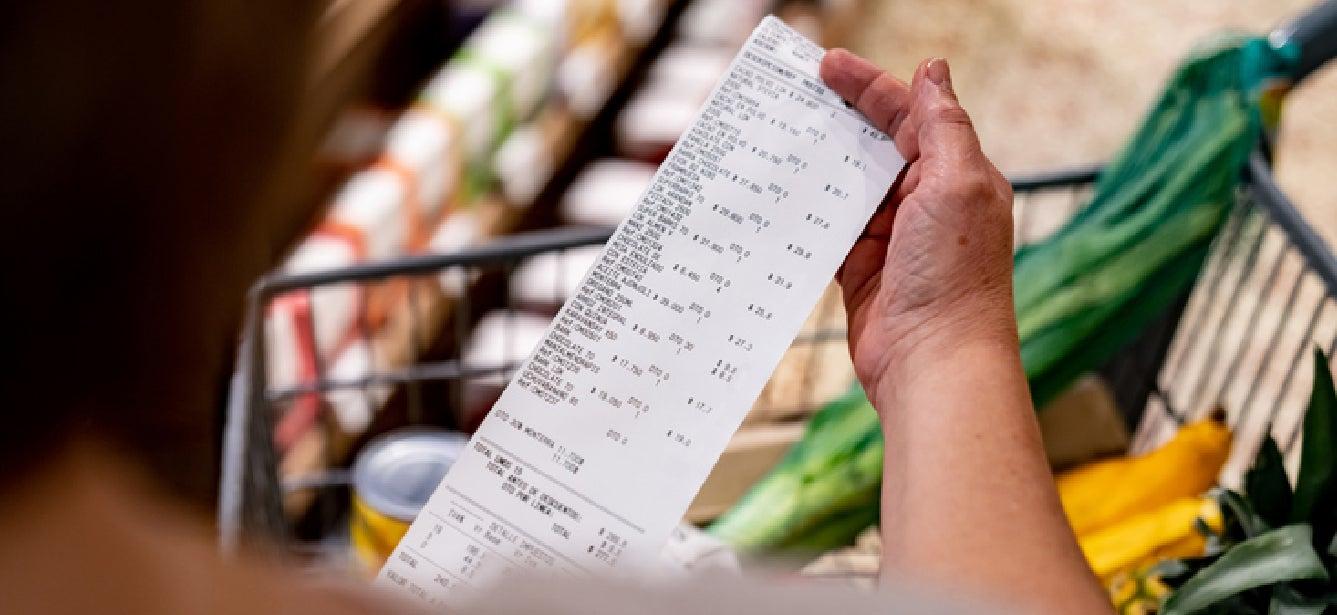
Related Topics
Keeping your fridge and pantry filled with healthy, delicious food isn’t always easy—especially on a fixed income. Now that funding for the Supplemental Nutrition Assistance Program (SNAP) is back to normal, things are a bit more stable, but grocery prices remain high. The good news? A few smart strategies can help your budget go further. Here are some practical tips to help you stretch your dollars at the store.
11 ways to save money when grocery shopping
1. Check with your state
First things firs: if SNAP benefits are delayed, your state might have some emergency support to help fill the gap. A few states have already rolled out temporary funding, and others are working on it. The easiest way to find out? Give your local SNAP office a quick call.
Even if there are delays or benefits are a bit smaller than usual, it’s worth checking—every little bit helps stretch your grocery budget.
2. Take full advantage of store and brand coupons
The promotional inserts tucked into the Sunday newspaper can get overwhelming. But instead of tossing them, mine them for food coupons you think you'll use. Not only will they save you money, but they also can help guide your meal planning during the week.
Below are more ideas to help you save money at the grocery store with coupons:
- Some stores may periodically double (or triple) the value of any coupons you have. Keep an eye out for those promotions.
- Skip buying items you normally wouldn't buy (like a jumbo pack of sugary cookies) even if you have a high-value coupon.
- Find out if your favorite store matches competitors’ coupons (just stop by the customer service desk or call ahead to ask).
- Many stores send standalone flyers in the mail that contain valuable coupon savings. You can also type “food coupons” into your internet browser and see what comes up.
- Make the most of your coupons by creating an organizing system that’s easy and convenient for you. You could tuck them into a regular envelope or use an accordion-type folder and categorize them by type.
Bonus money-saving tip: Look for “hidden” coupons such as those on the back of your grocery store receipt. Some products even have peel-off coupons stuck to their packaging that you can use immediately.
3. Join store loyalty programs
Many grocery stores offer loyalty or reward programs that cost nothing to join. When you sign up, you can receive generous members-only discounts and electronic coupons. In some cases, your purchases earn you points that you can redeem later for store credit. This is a good option if you tend to shop at the same store regularly.
Bonus money-saving tip: Download your store’s mobile app for an easy way to clip e-coupons and track your rewards points.
4. Give generic brands a chance
Most of us have favorite brands. But buying store-brand versions (or "house" versions) can save a good amount of money on groceries. Generic brands are almost always cheaper than brand-name items, and in many cases the quality is just as good.
Bonus money-saving tip: For cereal, condiments, cleaning products, snack foods, and staple foods (e.g., flour and sugar) in particular, it's worth checking out the store brand.
5. Make and follow a grocery list
A shopping list is among the very best ways to save money on grocery shopping. It focuses your efforts and helps avoid buying items you don’t truly need. Write down all the food items you need for the week, whether on your cell phone or a piece of paper. Bring this list with you when you visit the store—and buy only what's on it.
Bonus money-saving tip: Another tip to help you spend less at the grocery store? Try not to shop on an empty stomach. Having a snack or a glass of water before you venture out—and sticking only to the grocery store aisles that have what you need—can help you avoid impulse-buying.
6. Make fewer shopping trips
The more often you visit the grocery store, the more money you're likely to spend. Plan for one weekly trip and stick to it to curb the chances of impulse purchases.
7. Pay attention to price per unit
Many grocery items are priced by the ounce, pound, or gram. But this isn’t always obvious. Check the price ticket displayed on the shelf for the unit cost. You may discover that the same product—say, a condiment or box of cereal—is actually less expensive overall if you buy a bigger size that seems pricier.
8. Seek out weekly sales and deals
It seems obvious, but in a busy supermarket, it can be easy to overlook in-store promotions. Check your store's weekly flyer or website to uncover deals (such as 2-for-1) that can help you save money on the staples you buy most often. Sale items are often prominently displayed at the ends of store aisles and at the entrance.
Bonus money-saving tip: The sales cycle for most stores repeats every six weeks. Make a point of tracking prices on the products you buy frequently. After a while, you'll be able to identify rock-bottom sale prices—and that's the prime time to stock up. Most grocery stores start running their sales promotions in the middle of the week.
9. Find “hidden” clearance items
Look closely, and you may find unadvertised deals in the store. Check the meat and produce sections for items with “manager’s special” stickers (or similar). Often, stores will deeply discount perishable food that’s close to its expiration date. Note that it only makes sense to buy if you know you can consume (or freeze) these items right away.
Also check around lesser-trafficked areas of the store for special discount racks. Often, but not always, these are tucked into a back corner. You may find items ranging from day-old bread to personal hygiene products to dented canned goods for a significant markdown.
Bonus money-saving tip: Remember to ask about senior discounts at the register, too. Many national chains like Albertson’s, Fred Meyer, Walmart, and others (and some local stores) offer additional savings for those of us age 55+—sometimes on top of existing sales and coupons. Beyond the grocery store, there are dozens of other available discounts that can free up money you can put toward food.
10. Grocery shop online
Walmart, Target, and many other retailers and grocery stores allow you to shop onlinefor groceries and then pick them up or have them delivered.
Doing your food shopping from the comfort of home has money-saving advantages. First, it helps cut down on impulse buys since you won’t be visiting aisles and displays you weren’t planning on. What’s more, before you place a grocery order online, you can check to see exactly what’s in your fridge. This can help you stick just to the items you need right now.
Bonus money-saving tip: Many stores and online food delivery platforms offer curbside pickup or delivery for free—as long as you meet the minimum order value. Otherwise, you may be charged a delivery fee. When it comes to saving money on groceries online, you want to avoid extra fees, since they cut into any savings. With Walmart+, Walmart's membership program, you pay an annual fee and get unlimited grocery pickup and delivery with no fee.
11. Join a wholesale club
If you have a large household, consider buying a membership to BJ’s Wholesale Club, Costco, or Sam’s club (depending on what’s in your area). While you will pay an annual fee, you may be able to save money overall by buying items in bulk at lower costs. If you go regularly, wholesale clubs may be an economical choice for things like frozen foods and nonperishables like paper towels and toilet paper. Before you commit, make sure you have enough storage space for bulk purchases.
Bonus money-saving tip: Look for special membership incentive deals around the holidays or the start of the year.
See if SNAP can help stretch your grocery budget
If you’re trying to make every dollar count, SNAP could be a helpful boost. This federal program helps people with low income buy the nutritious foods they need—everything from fruits and vegetables to meat, poultry, and even snacks. The average benefit for a one-person senior household is $188 per month,1 and it’s available to anyone who meets the eligibility rules, which can vary by state.
The government shutdown may be behind us, but it’s still worth seeing whether you qualify. A little extra support can go a long way. Just ask Cora Jones, 74, who discovered SNAP through a brochure at her local senior center. After getting help with her application, she was approved—and says it’s been life-changing.
"I'm very happy and grateful for the help in receiving food stamps," Cora said.
Linda, 60, is another great example. When her work hours were cut, she started burning through her savings. After applying for SNAP through one of NCOA’s Benefits Enrollment Centers, she qualified for $204 a month. “I would not have done it without everyone encouraging me and having a specialist guide me through the process,” she explained.
Finding out if you’re eligible is fast and easy with NCOA’s online tool. Visit BenefitsCheckUp.org, enter your ZIP code, and explore programs that can help you live well and stay healthy. You can even get step-by-step guidance to complete your SNAP application.
Source
1. USDA. Characteristics of Supplemental Nutrition Assistance Program Households: Fiscal Year 2023. April 2025. Found on the internet at https://fns-prod.azureedge.us/sites/default/files/resource-files/snap-FY23-Characteristics-Report.pdf




